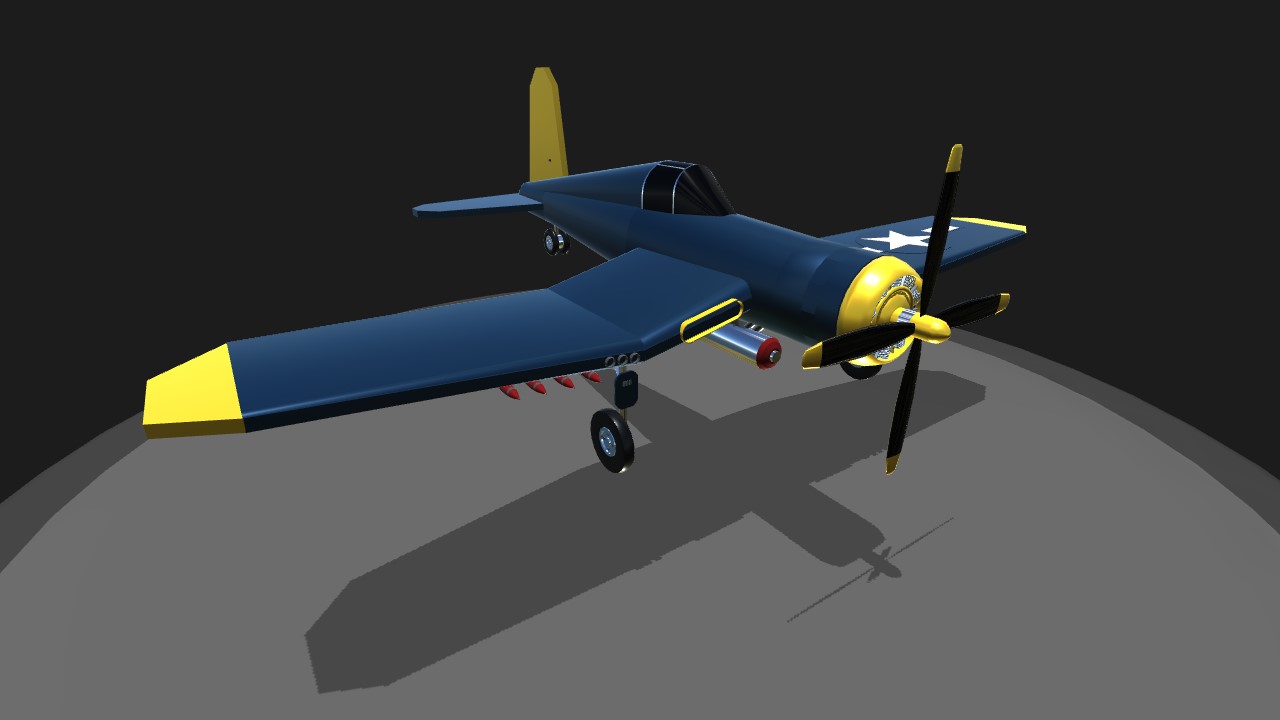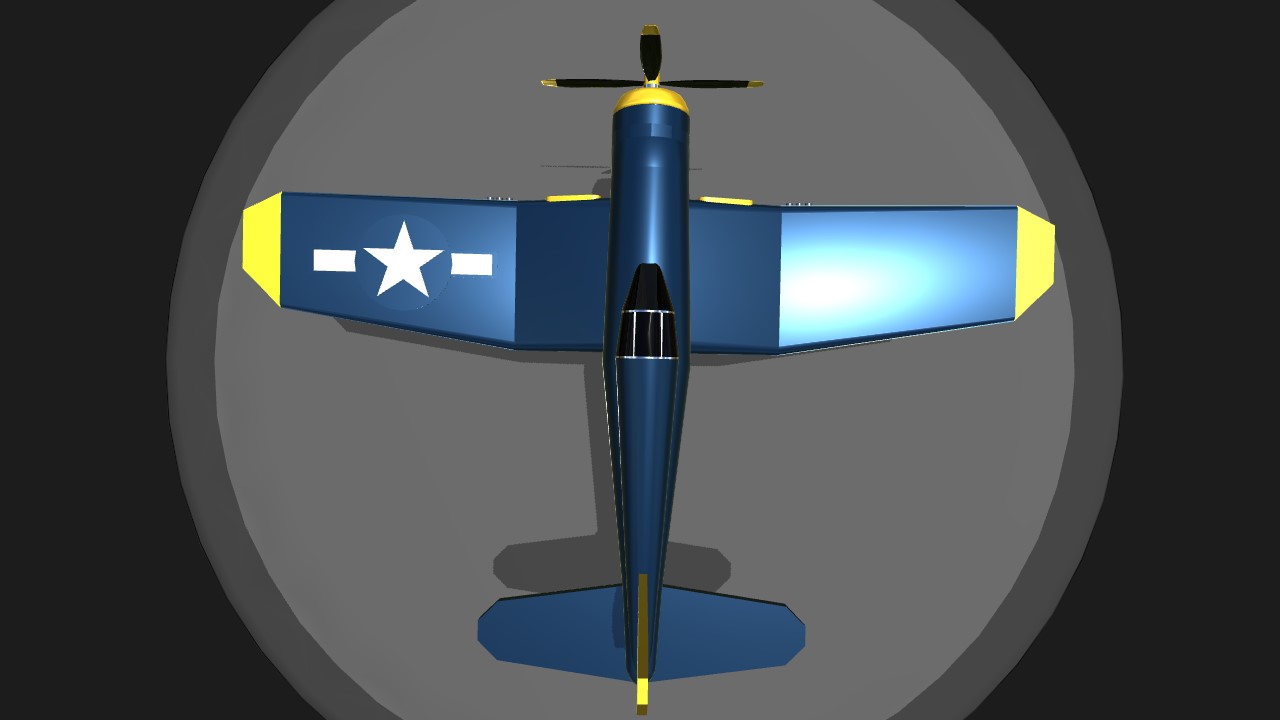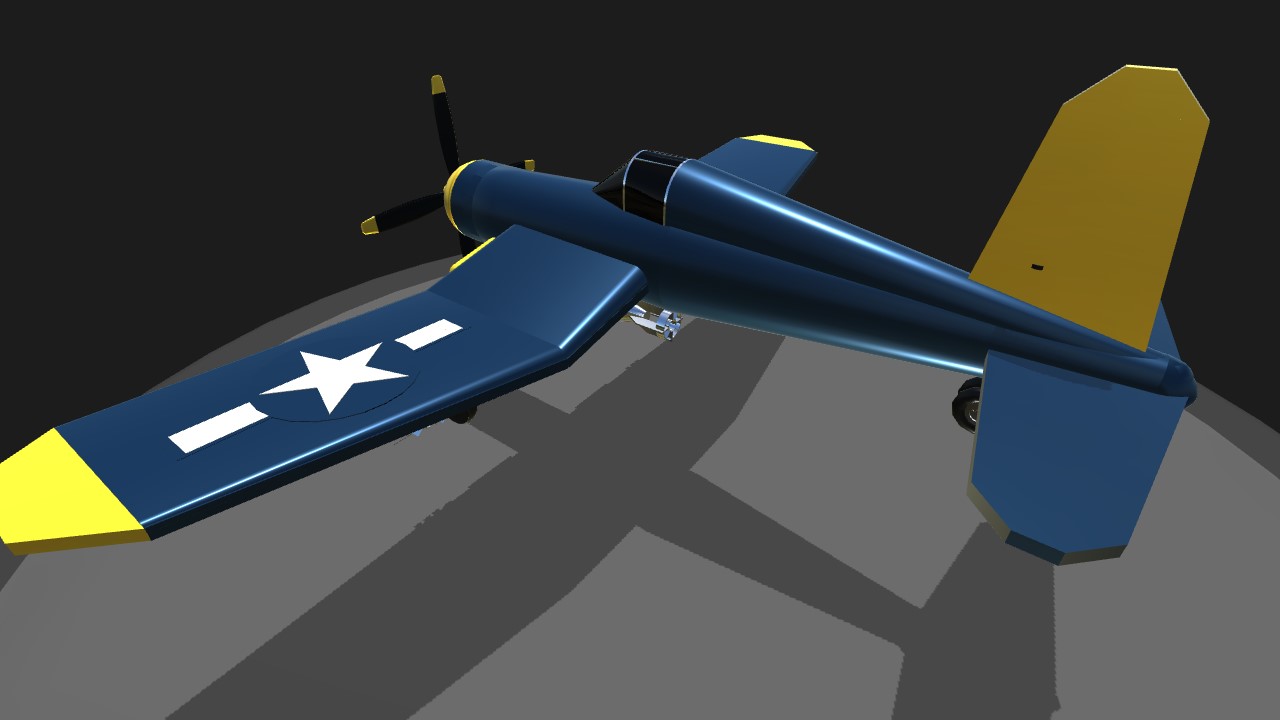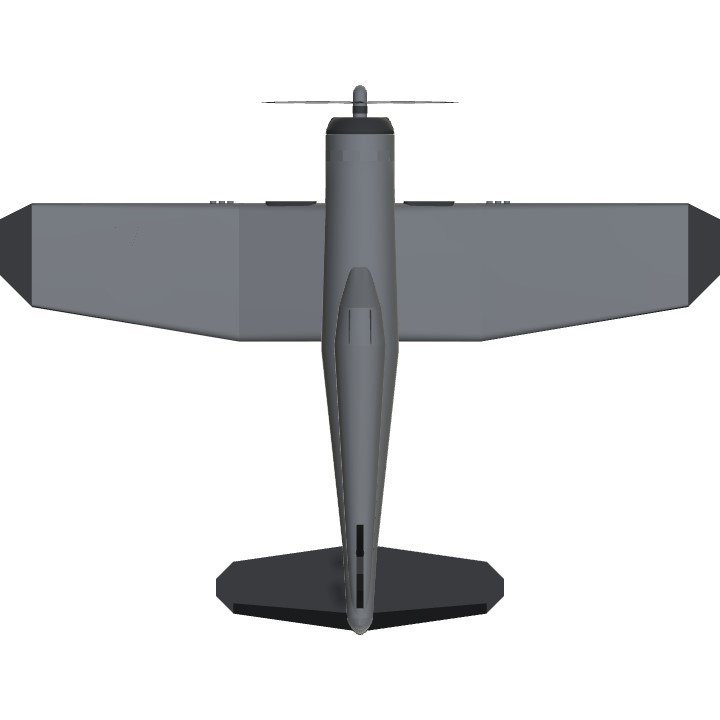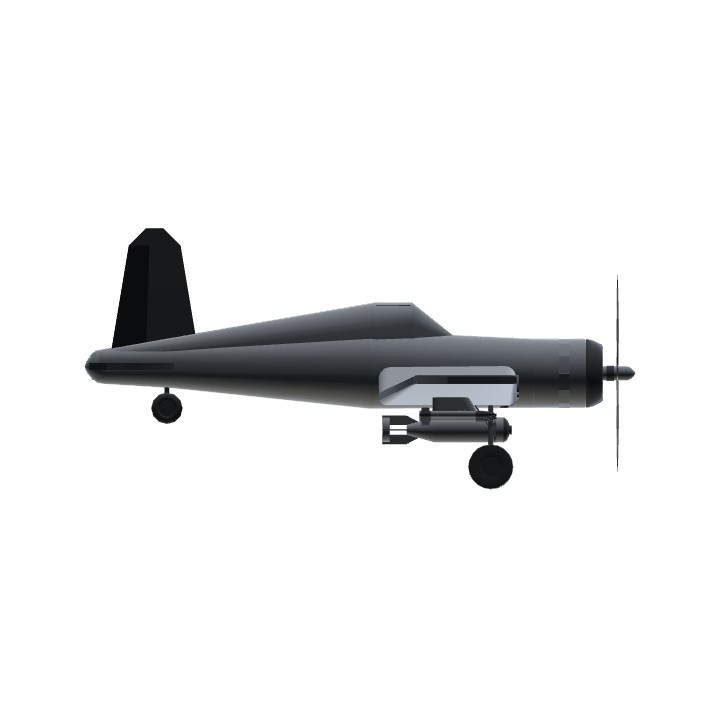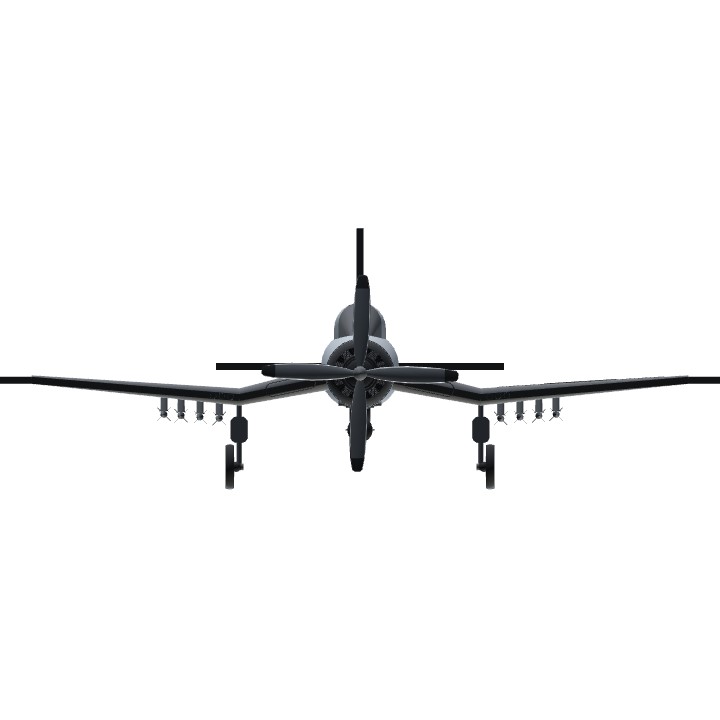The Vought F4U Corsair is an American fighter aircraft that saw service primarily in World War II and the Korean War. Designed and initially manufactured by Chance Vought, the Corsair was soon in great demand; additional production contracts were given to Goodyear, whose Corsairs were designated FG, and Brewster, designated F3A. The Corsair was designed and operated as a carrier-based aircraft, and entered service in large numbers with the U.S. Navy in late 1944 and early 1945. It quickly became one of the most capable carrier-based fighter-bombers of World War II.[2] Some Japanese pilots regarded it as the most formidable American fighter of World War II and its naval aviators achieved an 11:1 kill ratio.[3][4] Early problems with carrier landings and logistics led to it being eclipsed as the dominant carrier-based fighter by the Grumman F6F Hellcat, powered by the same Double Wasp engine first flown on the Corsair's first prototype in 1940.[5] Instead, the Corsair's early deployment was to land-based squadrons of the U.S. Marine Corps and U.S. Navy.[6]
Specifications
General Characteristics
- Created On Windows
- Wingspan 34.2ft (10.4m)
- Length 26.1ft (8.0m)
- Height 12.2ft (3.7m)
- Empty Weight N/A
- Loaded Weight 4,176lbs (1,894kg)
Performance
- Horse Power/Weight Ratio 0.451
- Wing Loading 16.8lbs/ft2 (81.9kg/m2)
- Wing Area 249.0ft2 (23.1m2)
- Drag Points 3423
Parts
- Number of Parts 119
- Control Surfaces 7
- Performance Cost 590

